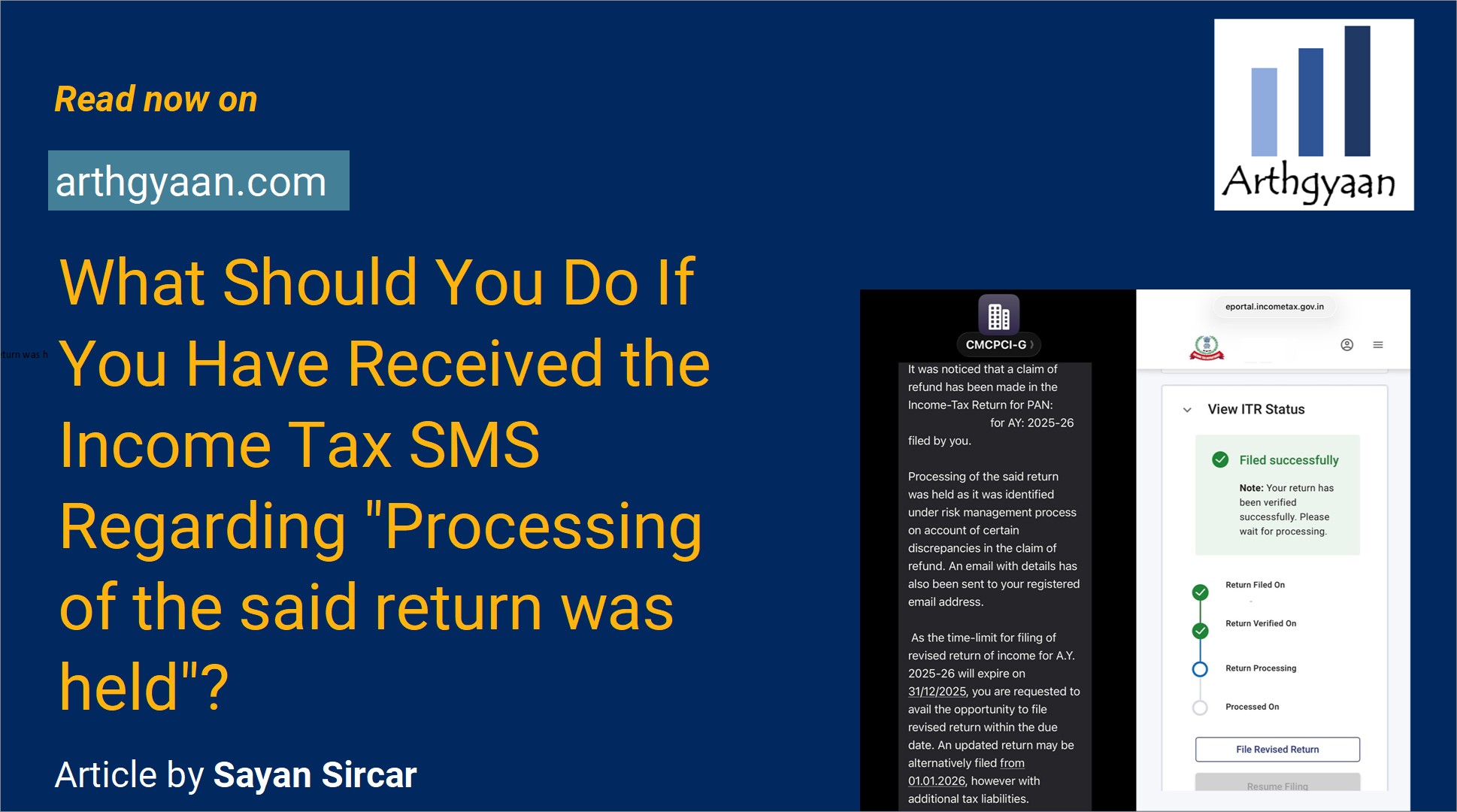Should you invest in the name of your children?
A common dilemma of investors is whether they should invest in the name of their children for goals like college education.
A common dilemma of investors is whether they should invest in the name of their children for goals like college education.

This post deals with the operational aspects of investing for children’s goals like college education, whether in India or abroad, and goals like marriage. We will cover whether parents should invest in their name or the child’s name, taxation considerations, and other details.
You should read this post in combination with the following posts in our series on investing for children’s goals:
We will quickly get this out of the way. Many parents wish to open a bank account for their children to teach them the concepts of money, interest and savings. However, along with understanding the basics of savings, there are other important concepts that you must teach once the children become teens and can understand the significance:
The base case for investing is the simplest one of parents investing in their accounts and then using the amount for the child’s goal. For example, for an 18-year old’s undergraduate degree, the parents can:
Suppose a logical separation is needed between self goals like retirement and that of the children. In that case, you can use a separate folio number or AMC for mutual funds. For example,
This approach keeps things very simple since the parents:
The other case has dedicated accounts for the child:
The investments into the accounts come from the guardian’s bank account. At the same time, any capital gains on selling stocks or mutual funds are clubbed with the guardian’s income.
For PPF, each earning member can invest up to ₹1.5L/year in PPF, irrespective of the number of PPF accounts in the family. This rule means:
For SSY,
There are some operational aspects that you must keep in mind when the child turns 18:
We now have NPS Vatsalya also for children that was introduced in Budget 2024.
Transmission, i.e. changing the ownership of assets once the child becomes an adult, works like this:
Gifts from parents/grandparents to adult children/grandchildren do not incur tax. Any income post the gift from those assets like interest on bank deposits or capital gains/dividends from stocks will be in the child’s name.
To understand the taxation better, we need to know that capital gains tax from the sale of mutual funds or stocks is taxed as per the original purchase date and purchase price.
For example, say the parent purchases ₹5L in stocks when the child is ten years old at ₹100/share, gifts them to the child when they are 18+ when the stock is at ₹200/share, and the child sells them later at ₹250/share. The tax will be calculated with the purchase price of ₹100/share and the purchase date, for determining long term or short term holding, as of the original date more than eight years ago.
The only way the above transaction will save tax is because the capital gain from this share sale (or from MF sale when the MFs were held in the child’s folio) if the capital gain can be offset against the basic exemption limit. To explain this, currently below ₹2.5L/year income, there is no tax due. Therefore, if the capital gain amount is below this basic limit, then there is no tax to be paid by the child.
Read more here:
Our guidance here will be based on the following considerations:
We will mix the two approaches here. When the child is young, we will start investing in the parents’ names and open their own account and mutual fund folio when they are 14-15.
Apart from teaching purposes, there is no need to open a child bank account. However, you can open an account and keep small sums in it.
The motivation for opening the child account at 14/15 is two-fold:
Parents should understand that since they are following goal-based investing for their child, their investments for a few years leading up to a big college education/marriage goal will go primarily into debt assets. Therefore, it might be more tax-efficient to invest this money in the child’s folio to take advantage of the standard tax deductions.
For the PPF account, we will follow this rule:
Paying for foreign education comes under the Liberalised Remittance Scheme (LRS), which requires the bank to collect 5% tax at source (TCS) if the amount is above ₹7L/year. It is easier for the parent to pay this amount out of their own bank accounts since they will have to file ITR to claim this TCS amount back.
The simplest way to invest for any child who you are not your own, either as a lump sum or on a SIP basis, is:
We have covered this entire topic in detail here: How can grandparents invest for their grandchildren?

Published: 23 December 2025
6 MIN READ

Published: 18 December 2025
8 MIN READ
1. Email me with any questions.
2. Use our goal-based investing template to prepare a financial plan for yourself.Don't forget to share this article on WhatsApp or Twitter or post this to Facebook.
Discuss this post with us via Facebook or get regular bite-sized updates on Twitter.
More posts...Disclaimer: Content on this site is for educational purpose only and is not financial advice. Nothing on this site should be construed as an offer or recommendation to buy/sell any financial product or service. Please consult a registered investment advisor before making any investments.
This post titled Should you invest in the name of your children? first appeared on 20 Apr 2022 at https://arthgyaan.com